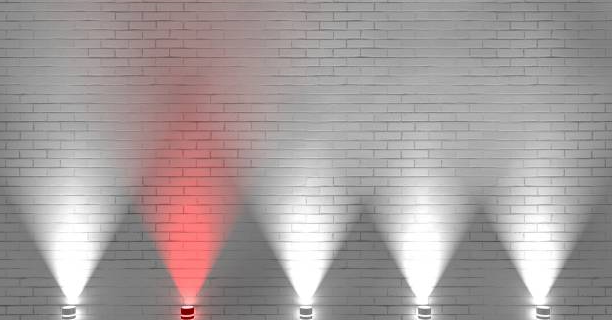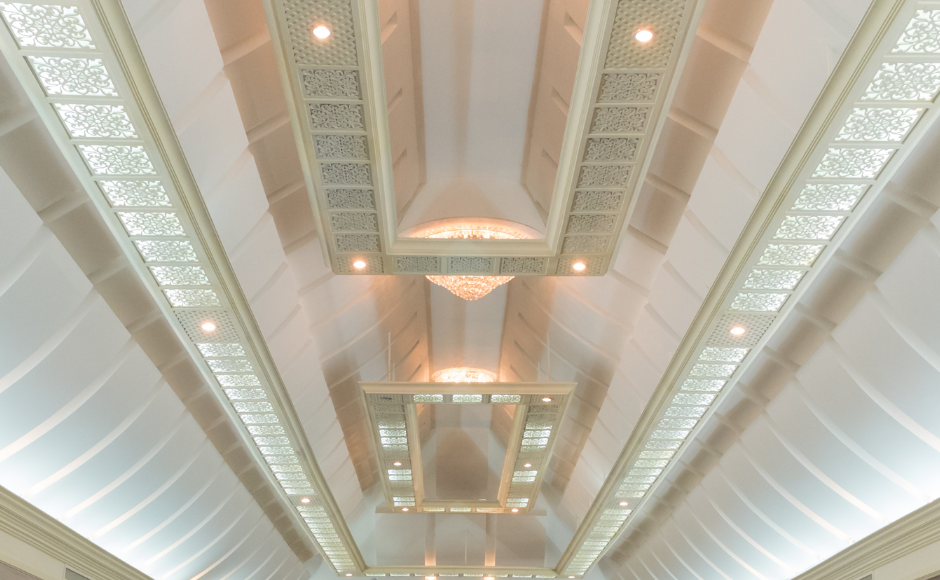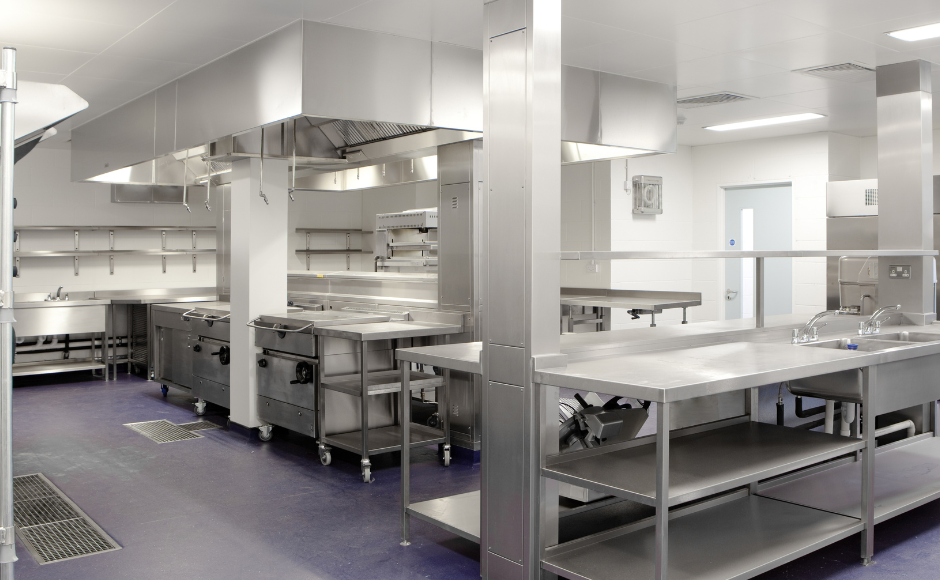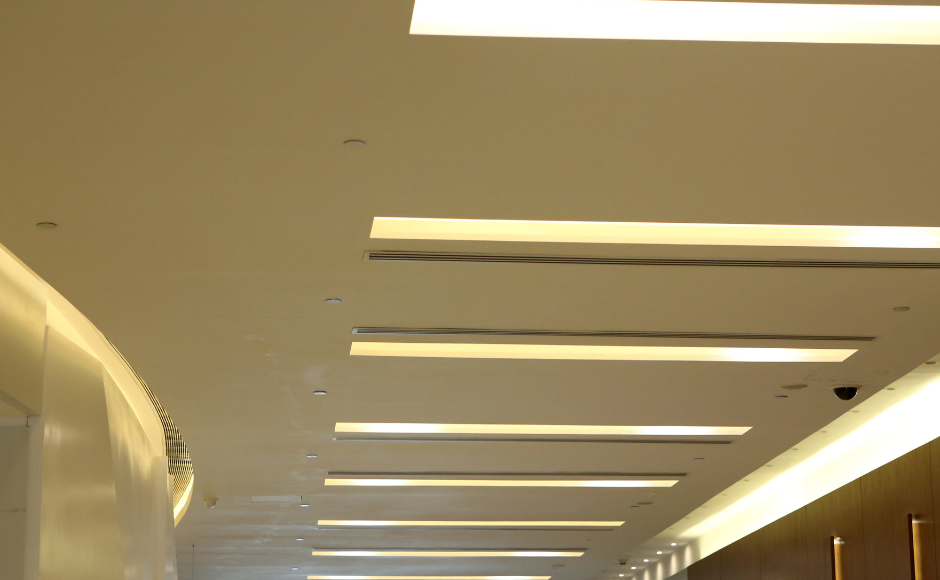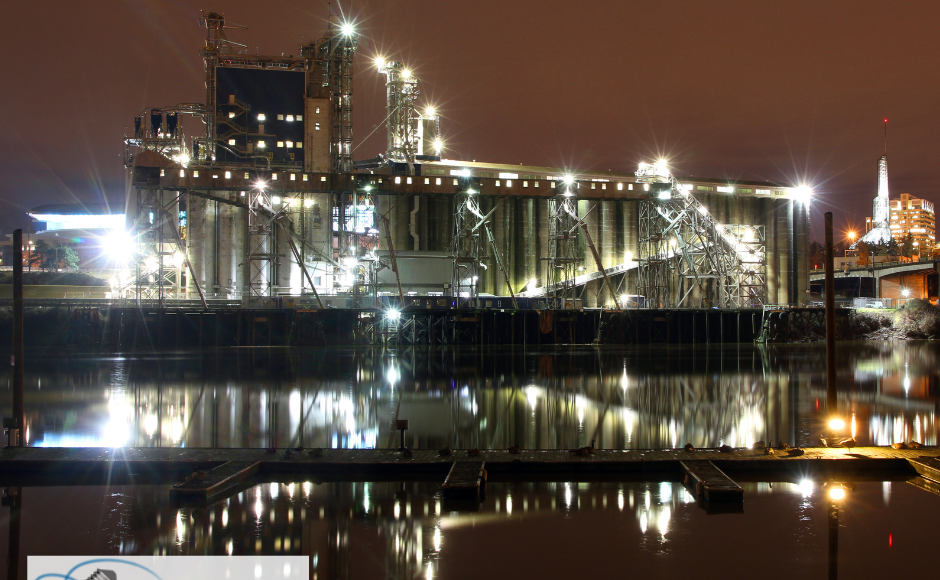Commercial Uplighting: The Ultimate Lighting Solution
Uplights are a powerful way to add dazzle to your event, commercial space, or community gathering spot. Whether your commercial space is indoor or outdoor, uplights Lighting is one component that’s seen as being crucial to home design and ambiance creation. This substance can create unique environments that alter productivity, emotion, and health. Uplights set themselves apart from the many lighting alternatives by offering a stylish and adaptable solution. During this in-depth research, we will explore uplights, discovering their numerous advantages, a wide range of applications, and the reasons they are currently the most excellent lighting choices.
Understanding Uplights:
Uplights are different from other types of lighting because they shine upward, lighting up the area and making a noticeable difference. Instead, they use light to draw attention to building features, walls, and ceilings to give rooms a soft, indirect glow. This creative way of lighting makes a room look better, adds depth, draws attention to textures, and creates a warm, welcoming atmosphere.
The Benefits of Uplights:
- Ambiance Enhancement: Uplighting can change the atmosphere, one of its key advantages. Because they direct light upward, they provide a diffused, mellow glow that warms spaces and subtly lights ceilings and walls. Such ambient lighting promotes relaxation and communication and creates an environment perfect for special moments.
- Architectural Cunning: Uplights are a fantastic technique to draw attention to architectural details because of their exquisite appearance. Whether they add depth, drama, or visual appeal to the composition, ornate moldings, columns, or big arches all elegantly draw attention to a room’s inherent features.
- Versatility and Customization: Uplights are an excellent choice for various applications, from corporate enterprises to domestic interior design, because of their unmatched adaptability and customizability. They can produce different lighting effects, from forming spectacular focal points to developing a sensitive environment to fulfill various functional requirements and aesthetic choices.
- Energy Efficiency and Sustainability: Uplights is a brilliant illustration of energy conservation in an era when environmental awareness is rising. Sustainability and energy efficiency are closely related ideas. They may lessen glare, conserve energy, and encourage sustainable lifestyle choices by using LED technology and directing light upward, fusing environmental responsibility with style.
Applications of Uplights:
Because of their versatility, uplights can be used in many situations and are therefore significant. Each application utilizes the unique properties of the uplights to produce immersive settings and enhance user experiences.
- Uplights can accentuate architectural details, shine light on artwork, and illuminate alcoves in homes, among other uses. Uplighting adds coziness, style, and personality to living spaces, whether they highlight valuable décor or create cozy reading nooks.
- In outdoor settings, uplights serve more than just a practical function—they create breathtaking views from gardens, walkways, and facades. This is a result of outdoor lighting provided by uplights. They blur the boundaries between the internal and also improve security and safety in outdoor areas because they illuminate plants, sculptural elements, and outdoor living areas.
- In commercial enterprises and hospitality venues, uplights are essential for building atmosphere, enhancing consumer experiences, and forming brand identification. Examples of situations where these fixtures are utilized to draw customers in, emphasize products, and create immersive settings that appeal to them are retail displays and restaurant interiors.
- Uplights are essential for event designers because they bring beautiful lighting to formal occasions like weddings and business gatherings. Uplights enrich special occasions and leave viewers with lifelong impressions, whether they are employed to create sophisticated ambiances, vibrant dance floors, or romantic backdrops.
Wellness Benefits
Uplighting has several potential wellness benefits. These benefits include boosting mood and productivity, regulating circadian rhythms, and simulating natural sunlight. They can provide energy and balance indoors because they replicate the spectrum and intensity of sunshine. Additionally, they support the synchronization of our internal clocks, benefiting our overall health and sleep quality. Moreover, uplighting improves mood and cognitive performance, which helps create a valuable environment for both work and play.
Integration of Intelligent Lighting Systems
When uplighting and intelligent lighting systems are combined, energy-saving efficiency and convenience are unmatched. Utilizing voice commands or smartphone apps, users can operate this remote control feature to change the settings from a distance. You may create customized lighting schedules that optimize comfort and efficiency with the help of advanced scheduling tools. You may add a personal touch to any occasion by making individualized experiences with brightness and color settings that you can adjust. A more cohesive living area also benefits from increased automation and connectivity brought about by the integration of additional smart home items.
Landscape Lighting Techniques
Uplights may create visually arresting landscapes and enhance the appealingness of outdoor places by employing a range of cutting-edge lighting techniques, including moonlighting, grazing, and shadowing. The picture gains depth and drama from how grazing highlights uneven surfaces. The technique of simulating the soft glow of a full moon to create a mystical environment is known as “Moonlighting.” The shadowing technique adds visual interest to vertical surfaces by creating intriguing shadows. To create captivating evening panoramas that arouse curiosity and feeling, uplighting draws attention to focal points like sculptures, water fountains, and other features.
Conclusion
Uplights offer outstanding efficiency, elegance, and versatility, making them an ideal example of lighting innovation. Their various applications, which transcend conventional lighting paradigms and improve spaces with aesthetics, functionality, and sustainability, span from accentuating architecture to generating ambiance.Parker Lighting is an invaluable partner for everyone seeking to achieve the revolutionary potential of uplights fully.
Parker Lighting offers the best lighting solutions available, with a carefully chosen collection of opulent fixtures, professional advice, and a dedication to client pleasure.You can brighten your area and improve the surroundings with uplights from Parker Lighting. Call us tto day to get a consultation for you lighting needs at Phone: (310) 674-8193. You can also email us from https://parkerlighting.com/. We have an extensive commercial uplighting selection and we are happy to get you started today.

